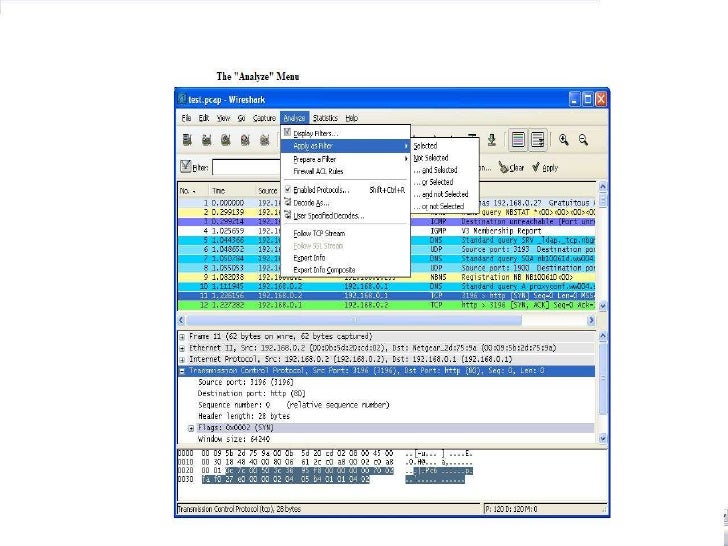

To view this field, highlight the packet that contains the HTTP response. This analysis field shows us the response time per HTTP request. Part of that additional analysis is a field called ‘time since request’. Within the HTTP response packet, Wireshark is able to add additional information to assist in the analysis of the HTTP response stream. This indicates the requested action was successfully completed on the web server (see the pink highlight below). The data is transferred from the web server to the client, then sends an HTTP response of 200 OK. In this first screenshot, we establish the TCP connection with a three way handshake, then the browser requests the image with an HTTP GET request. Let’s take a look at what this looks like in Wireshark:

The HTTP response time is calculated and displayed in the HTML dissector. Once we’ve done that, we’ll walk through creating a filter to display HTTP response times that take longer than expected. Using the HTTP analysis tools built into Wireshark, we’ll calculate the time it took for the response to come back from the server. We’ll start by using Wireshark to open a network capture of a simple web request. And you have just located the password and username you have entered on the unprotected login page - whether or not the password and username are correct are irrelevant.In this post, we’ll use Wireshark to identify HTTP server response times. Once you get there look in the red text paragraphs and try to find what I was able to locate in the picture. Then you will right click on it and go down to "FOLLOW" then to "TCP STREAM". You can see exactly what I am talking about if you follow the pictures above. Then at the far right of the packet in the info section you will see something like ".login" or "/login". This drastically narrows the search and helps to slow down the traffic by minimizing what pops up on the screen.

By filtering this you are now only looking at the post packet for HTTP. Wireshark comes with the option to filter packets. HTTP (Hyper Text Transfer Protocol) is the protocol we will be dealing with when looking for passwords. The second step to finding the packets that contain login information is to understand the protocol to look for.


 0 kommentar(er)
0 kommentar(er)
